Minesweeper for Android - Classic "Minesweeper" gameplay
Uncover hidden mines strategically in this classic puzzle game revival.
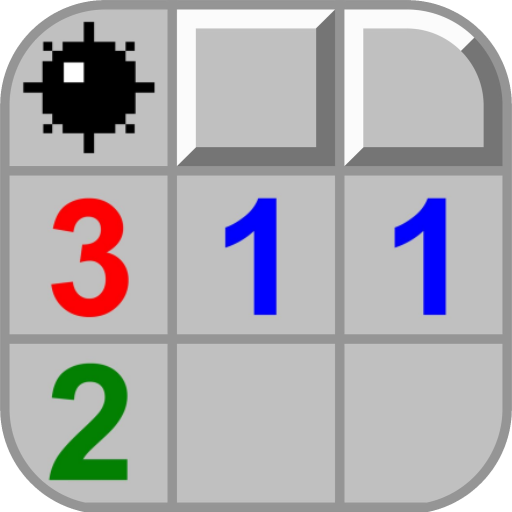
- 2.8.34 Version
- 4.9 Score
- 2M+ Downloads
- In-game purchases License
- 3+ Content Rating
Explore the ultimate version of the classic mines game on your Android device with Minesweeper for Android! The classic gameplay you adore is back, and it's completely free to play! Version 2 offers an enhanced experience with global high scores, more mines, and landmines! Compete against both strangers and friends to achieve the quickest completion times. Customize the number of mines to up the ante and test your skills with higher difficulty levels!
The Objective in the Game of Minesweeper
The objective of Minesweeper is to reveal every square that doesn’t contain a mine as fast as possible. That includes numbered squares and blank squares. The moment you click on a square containing a mine, the game is over.
There are three difficulty levels in the game of Minesweeper. Each has a different size board and contains varying numbers of mines. They include:
- Beginner: 10 mines. The board can range from 8 x 8, 9 x 9, or 10 x 10.
- Intermediate: 40 mines. The board can range from 13 x 15 to 16 x 16.
- Expert: 99 mines. The board is always 16 x 30 or 30 x 16.
If you’ve never played Minesweeper before, it's probably best to start at the Beginner level and work your way up.
If you’re up for the ultimate challenge, feel free to dive straight into the Expert level.
Patterns
A pattern is a common arrangement of numbers that has only one solution. If you memorise a pattern it will reduce the amount of time you waste thinking.
Before you start learning patterns, you should learn the basics. If a number is touching the same number of squares, then the squares are all mines. You can solve most Beginner games this way. Here are some examples:

The 1 on the corner touches only 1 square, so it must be a mine.

The 2 touches 2 squares, so they must both be mines.

The 3 touches 3 squares, so they must all be mines.

The 4 touches 4 squares, so they must all be mines.

The 5 touches 5 squares, so they must all be mines.

The 6 touches 6 squares, so they must all be mines.

The 7 touches 7 squares, so they must all be mines.

The 8 touches 8 squares, so they must all be mines.
There are two basic patterns which combine to make all other patterns. The first is 1-1 and the second is 1-2. Whenever you see a 1-1 pattern starting from an edge (or where an open square functions as an edge) the 3rd square over is empty. This makes sense because the first 1 touches two squares, which must contain the mine, while the second 1 also touches a third square, which must be empty. Whenever you see a 1-2 pattern the 3rd square over is always a mine. This makes sense because the first 1 touches two squares, which must contain the mine, while the 2 also touches a third square, which must contain the second mine. Here are some examples:

There is 1 mine in the first two squares, and 1 mine in the first three squares. The 3rd square over must be empty.

There is 1 mine in the first two squares, and 2 mines in the first three squares. The 3rd square over must be a mine.

A 1-1 pattern starting from an opened square.

A more complicated version of the 1-2 pattern.
The two most famous patterns are 1-2-1 and 1-2-2-1. These are so common new players should memorise them immediately. If you look carefully they are just combinations of the 1-2 pattern.

The 1-2-1 pattern has one solution.

Apply the 1-2 pattern from the left.

Apply the 1-2 pattern from the right.

The 1-2-2-1 pattern has one solution.

Apply the 1-2 pattern from the left.

Apply the 1-2 pattern from the right.
At first it seems like there are many patterns. If you study them, they are actually 1-2-1 and 1-2-2-1 patterns (or combinations of patterns). These in turn are variations of the basic 1-1 and 1-2 patterns. Each set of numbers reduces when you subtract known mines. Here are some final examples:

242 reduces to 121

345 reduces to 121

1222 reduces to 1221

2331 reduces to 1221

222 reduces to 121

2331 reduces to 1221

13231 reduces to 12121

Reduces to 122121
Guessing Tips
Sometimes in Minesweeper you need to guess. A typical case is a 50/50 situation where one mine is hidden in two squares. Guess quickly and move on. Thinking does not improve your chance of guessing correctly, it only wastes time. Waiting to see if you guessed right also wastes time, so assume you survived and try to keep playing. Do not delay taking forced guesses - solving the rest of the board first is a waste of time if you end up guessing the wrong square.
Many players are impatient and guess instead of solving. Do not guess unless it is necessary. The fastest way to solve 'Example A' is to click the unopened squares in a row. But if you click fast there is no time to react, so you will lose if the middle square is a mine. You have just guessed for no reason! A smart player will click the outer two squares first, which allows enough time to react to the initial click and decide if there is a mine.
Opening safe squares is as important as finding mines. If you can prove a square is safe, open it instead of guessing where the mine is. In 'Example B' there is a mine in the two yellow squares. Instead of guessing, open the safe 3rd square. This can allow you to open even more squares (marked blue) which may help you solve the original guess.
If you need to guess and there are more empty squares than mines involved, it is always better to guess an empty square instead of guessing a mine. Flaggers often make the mistake of guessing the mine because they love to chord.
Sometimes you can improve the chance of guessing right. There might be an arrangement of numbers with more than one solution, and the solutions require different amounts of mines. Instead of guessing, you can solve it by flagging the rest of the board and seeing how many mines are left. You can solve 'Example D' if there is 1 mine or 3 mines, but you must guess if there are 2 mines left. If you decide to save time and guess immediately, think about the mine density of the level you are playing. For example, the solution with more mines is more likely on Expert than Intermediate. Keep in mind though that the density of each level is pretty low, so less dense solutions are more common overall.

Example A: Do not take unnecessary guesses. Open the two outer squares first. While clicking on the 3rd square you can look at the result of the 1st square.

Example B: Open a safe square instead of guessing where the mine is. In this case you can now also open the blue squares.

Example C: You can not find any mines without guessing, but you can open the safe blue squares. If a blue square is a 1 you can then open the orange squares, and so on, maybe until the board is solved.

Example D: Is there 1, 2 or 3 mines in the corner? Find out before you guess.
Perhaps you have solved part of a board and need to guess in order to reach the rest of the board. You can improve your chance of winning by clicking randomly! The average chance of hitting a mine is 0.206 on Expert and 0.156 on Intermediate and Beginner. These odds are much better than a 50/50 guess. Remember you are more likely to get openings by clicking on edges. Your bravery is often rewarded by finding that the original 'guess' becomes solveable when approached from a different direction.
Another important thing to remember is usefulness. If two solutions are equally likely, choose the one that will help most if it is correct. Sometimes one solution eliminates another guess, or gives an easier arrangement of mines. A common mistake is turning a 33/66 guess into a 50/50 guess instead of solving it. For example, if you know there is one mine in three squares, do not open the middle square!
Always choose the most likely solution. This can be very difficult to calculate! Sean Barrett has written Minesweeper Advanced Tactics as a guide. Local probability is easy to calculate but is usually wrong. For example, in the image below some squares are both 50/50 and 66/33 guesses! When all unsolved areas are considered, a simple 50/50 guess often has one square much more likely to contain the mine. A general rule of thumb is that if one square in a 50/50 situation touches a high number, it is more likely to be a mine than the other square.
A special case of probability is when guessing involves the top left corner. Minesweeper makes the 1st click safe, so if you click a mine it is moved to the top left corner (or the nearest empty square on its right). If you have a 50/50 guess and one square is the top left corner, the corner is always more likely to be the mine. When starting an Expert game the chance of a mine somewhere is 0.206 but the top left corner nearly doubles to 0.370 after the 1st click.
The following example illustrates many of the above points. It looks like there are three unavoidable 50/50 guesses, and two unavoidable 66/33 guesses. One strategy is to guess quickly and hope for the best. This option will give the best score if you survive. A second strategy is to click a random square that does not touch any numbers. This usually has better odds of being safe and often helps solve the game. A third strategy is to determine the number of mines remaining by flagging the rest of the board.
This reduces the number of solutions. In this example there are 79 possible solutions but only 2 of them have 4 mines. A fourth strategy is to guess in the most useful place. Clicking square I has the potential to eliminate all the other guesses! For example, if it is a 4 or 7 the game can be solved no matter how many mines remain. A fifth strategy is to guess the most likely solution. A mine is more likely in L than K and more likely in H than D. A final strategy is to calculate the exact probability of each square taking the entire game into consideration. This is the hardest but most accurate method. Results for this example are available.
The guessing strategy you choose depends on whether you want to win more games or make time records.
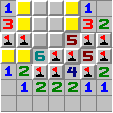
Three 50/50 situations
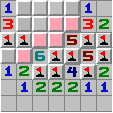
Two 66/33 situations
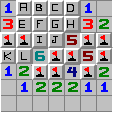
Step-by-Step Instructions For Playing Minesweeper
Minesweeper is like a mix between Solitaire, Rummy, and Sudoku. The connection is that they are all relatively simple and involve some luck but require a thorough plan before making a move. Before you start playing, here are a few terms you should know.
- Flag — Players should put a flag in boxes where they’re relatively sure a mine exists.
- Question Mark — You can put a question mark in spaces where you’re unsure whether a mine is present.
- Smiley Face — Click the smiley face if you want to reset your game and start over.
Step One: Locate the First Mine
Finding the first mine begins by clicking a random square. Generally, you can click anywhere, but most minesweeper experts recommend starting in the middle. That way, you have less of a chance of getting stuck. It’s important to note that the numbers revealed when you click a box shows how many mines are in adjacent squares.
For example, if you see the number two, you know that two bombs are located in two boxes surrounding that number. Further, if there are only two unopened boxes next to that square, then you know that you should place a flag on them because they are mines.
If you’re playing on a PC, you’ll need to left-click to uncover a box and right-click to place a flag. If you’re playing on your phone, you’ll need to press and hold to place a flag and press one time to uncover a box.
Step Two: Find and Clear the Other Mines
Once you’ve uncovered the first mine, the goal is to find the others. If it’s a timed game, you have to do so quickly, or your time will expire. However, don’t move too quickly. Doing so may lead to mistakes and a game that ends faster than you like.
Step Three: Make an Educated Guess
In many cases, you’ll come across situations where it seems like guessing is the only option, but that’s not usually the case until you reach the last few mines. For the most part, if you use the numbering system wisely, you should find 80 - 90 percent of the mines using basic deduction skills.
Step Four: Minesweeper Strategy
Once you’ve played around with Minesweeper a bit, you should begin to incorporate strategy in your games. Two of the most common techniques include the 1-2 pattern strategy, the mass production strategy, and the sprint strategy. Learn more about each below.
- 1 - 2 Pattern — Suppose you uncover the numbers one and two, and they are adjacent to a wall of blocks. In that case, it’s recommended that you uncover the box next to number one that’s not within the common field of the other boxes.
- Mass Production — This strategy involves flagging all of the mines you can without opening any more boxes, then start opening boxes without more mine-marking.
- Sprint — The sprint strategy requires you to make one move to clear a box and then one move to mark a box. Do this in an alternating fashion until you complete the level.
Minesweeper Tips
Listed below, you will find tips to help you improve your Minesweeper gameplay. They will come in handy whether you’re just getting started with Minesweeper or you’ve been playing a while.
The question mark is mostly useless. In timed games, using it can waste valuable seconds.
You finish a Minesweeper game when you’ve opened all of the safe boxes, not when you’ve flagged all the mines.
While on a PC, if you accidentally click on a mine, you can continue to hold your mouse button down and slide your cursor away. Most of the time, it will not set the mine off.
Don’t mark mines if they can’t help you uncover safe boxes.
If you must guess, make a guess that has the least risk.
Start from the middle of the board. Starting on the sides can make the game more difficult than it should be.
Features of Minesweeper for Android include:
- Traditional minesweeper gameplay
- Adjust the quantity of landmines
- Choose from 5 difficulty levels: beginner, easy, intermediate, expert, and personalized games with additional mines
- Modify the number of mines for a greater challenge
- Tailored gameplay focused on precision and speed
- Support for tablets for improved gaming on larger screens
- Climb the leaderboard by evading mines
- Access global high scores for weekly and all-time best performances
- Zoom in and out to navigate through the mines more effectively
- The authentic Minesweeper experience for Android
Invite your friends to beat your score and discover who will reign supreme as the minesweeper champion! Embrace the game and navigate carefully to steer clear of those treacherous mines!
- Version2.8.34
- UpdateSep 25, 2024
- DeveloperMinesweeper by Panu Vuorinen
- CategoryCasual & Puzzle
- Requires AndroidAndroid 5.0+
- Downloads2M+
- Package Namecom.panu
- Signaturef30f7c603b00e372e5c590f02beab4ef
- Available on
- ReportFlag as inappropriate
-
NameSizeDownload
-
4.87 MB
-
68.94 KB
-
4.38 MB


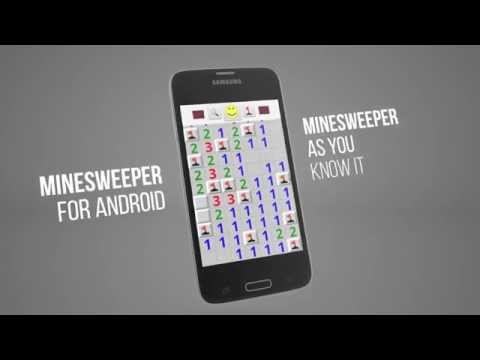

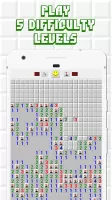
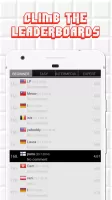

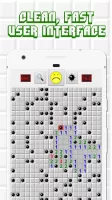
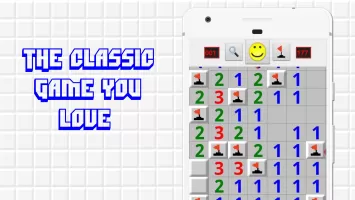
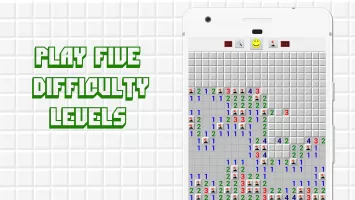
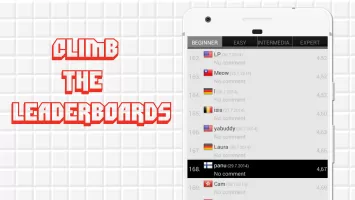
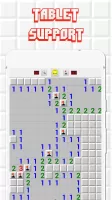

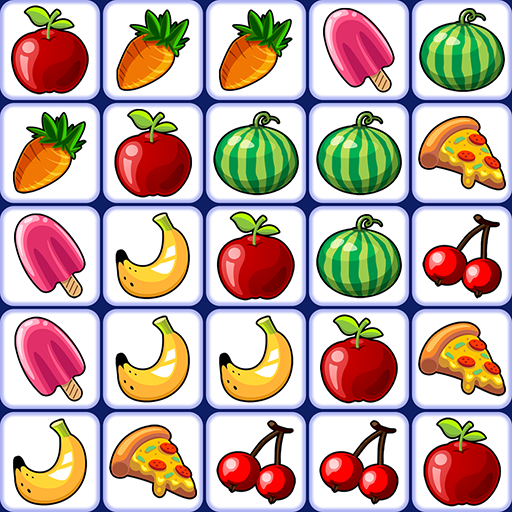


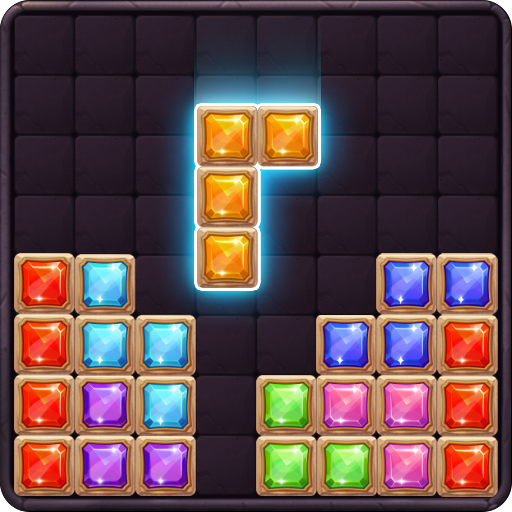














The gameplay of traditional Minesweeper is retained.
The game offers multiple difficulty levels such as beginner, intermediate and expert.
The game can be played without an Internet connection.
For long-term players, it lacks new challenges and innovative elements.
Some features or props may require payment to unlock.